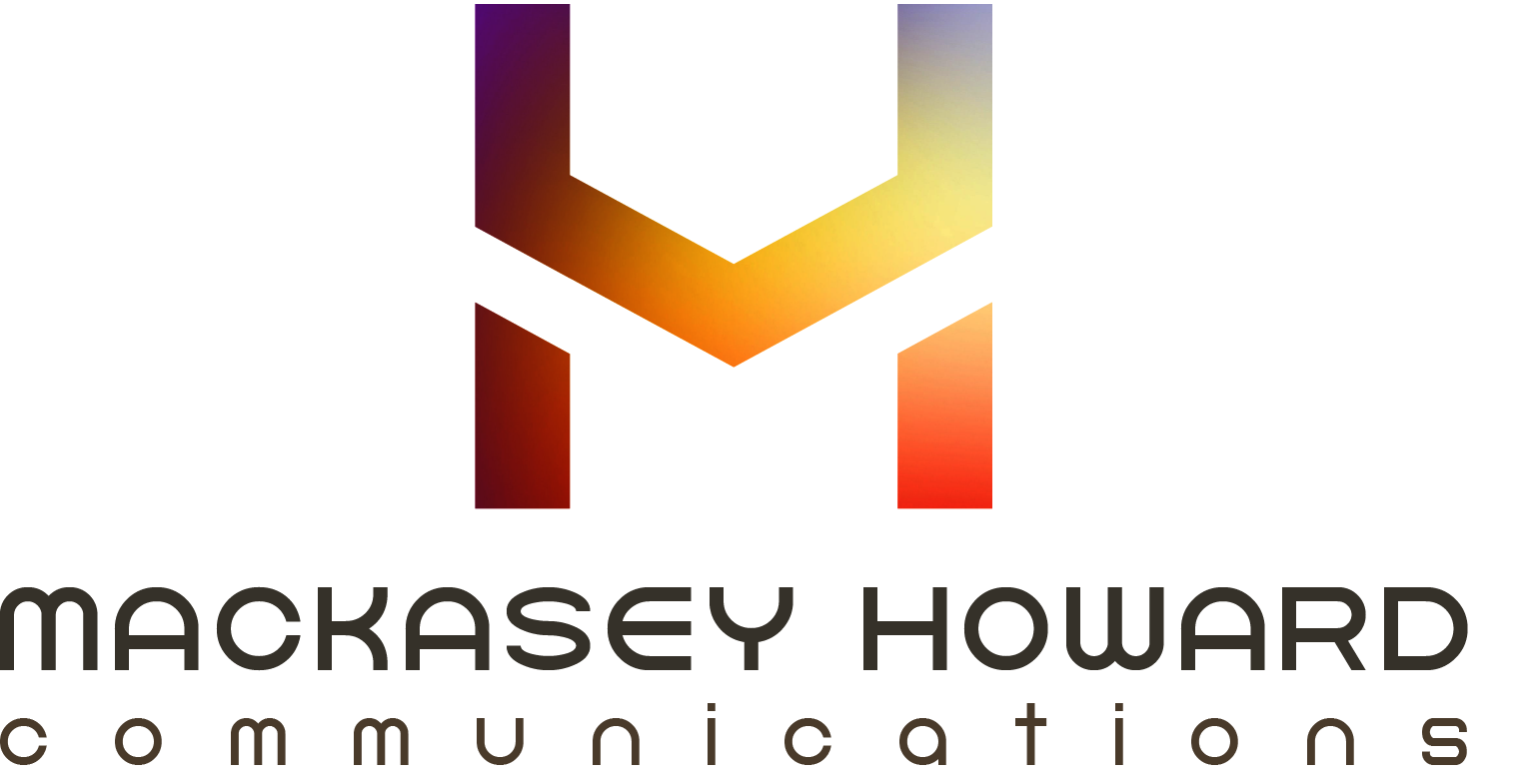Fighting Fatigue: How To Make The COVID-Client-Call A True Two-Way Street

by admin
Fighting Fatigue: How To Make The COVID-Client-Call A True Two-Way Street
As the storm of 2020 steered many operations toward the adoption of remote working, PR organizations might have had a slightly smoother sail. While many PR agencies did face common challenges—figuring out the ins and outs of managing a team remotely, motivating home-bound coworkers, and mitigating the technological challenges that come with distanced team operations—most PR professionals were already intimately familiar with distanced client relations. Clients have had busy schedules since the beginning of time; being able to plan campaign launches, pitches, and content “over the wires” has always been an important asset for client relations.
But these long months of fully distanced operations feel different from our “normal” in more ways than one. It’s not just the task of adjusting to a more distant workflow between co-workers and collaborators. Instead, the global shift to at-home work brought significant changes to client relations; changes that are worth understanding in full.
Perhaps video-conferencing technology and over-the-phone brainstorming has always been a part of your client workflow. But has your client’s corporate world always been completely online? As PR professionals, when our clients shifted to at-home work, our role in their day changed. Now, our 3 pm conference call comes on the heels of six other Zoom meetings, three other phone calls, and a family event happening in the room next-door; it’s a shift we need to account for.
Digital Relief in the Era of Zoom Fatigue
It’s important that we consider how our client’s circumstances have changed. With so many more virtual meetings, screen time is through the roof, and patience for the digital world is understandably low. Circulating through the news in recent weeks has been the new term, ‘Zoom fatigue,’ describing this very phenomenon; the drain of the constant digital interface, the unique exhaustion that comes from spending all day speaking to floating heads on the screen.
It’s not a natural state, but there are a number of strategies you can employ to help infuse a more rejuvenating energy into your client calls, and to make your video-conference a little safe harbor in the ongoing digital storm.
Authentic Listening
For a moment, forget about artificial intelligence, digital programming, all the bells and whistles of our technological capacities. One of our greatest assets is still one of the most basic: how well we’re able to listen.
Active listening is actually a skill that can be easily learned, practiced, and adopted. Seth Godin, a best-selling business author and renowned entrepreneur, writes “Hearing happens when we’re able to recognize a sound. Listening happens when we put in the effort to understand what it means.”
Too often in the Zoom world, we’re simply recognizing and responding sounds. But putting in the effort to understand the client—and to demonstrate your understanding in a way that’s helpful—doesn’t have to be the business equivalent of rocket science. Writers like Seth have studied the science, and skilled listening comes down to just a few simple things:
Ask Follow-Up Questions:
Most of us learned to listen in school, which promotes a passive form of listening. Active listening, on the other hand, is much more engaged. Proper active listening requires interruption, clarification, and asking the real, probing question after the speaker has made their point. This form of questioning shows the speaker that you really believe it’s worth understanding what they’re saying in full. Far from an inconvenience, any lack of clarity is a chance to ask questions, learn more, and move toward a shared understanding.
Summarize Your Clients Points:
Even with our best, most active intentions, clarity in conversation is a rare achievement. It’s really hard to say what we mean, and then to understand what’s been said. Taking the time and space in a conversation after your client has voiced some of their thoughts to repeat back to them what you heard and allow for their edits is an incredibly valuable conversational tool, and one that’s not employed nearly enough. In this endeavor, avoid the phrase “So you’re saying…” and try instead to put it on yourself: “Here’s what I understood from what you said. Is there anything I’ve missed or gotten wrong?”
Take Your Reactions Out Of The Equation:
Your first priority is making sure your client voices all of their thoughts, ideas, critiques and concerns—and that they’re able to do so without taking into account your immediate reactions, positive or negative. Remaining open and committed to fully experiencing the conversation happening in front of us can actually feel nerve-wrecking at first. But exposing ourselves to the full force of our clients’ ideas, thoughts and emotions is the best way to interact authentically, learn quickly, and grow as a PR professional.
Don’t Speak When You Don’t Have To:
This might seem like a speaker’s tip, but it actually relates closer to listening. It’s common to want to fill the the quiet space, the natural rests in a client conversation. It’s especially tempting to do so over the phone; we want to avoid the awkward digital silence, so we fill in the gaps even more than we do in person. This contributes to the Zoom fatigue effect—we feel like we’ve spent longer on the phone and sometimes, we’ve accomplished less. Avoid the instinct to fill the silence, even with affirmatives or listening cues (‘Mhm,’ ‘Yes,’ ‘I understand,’). Instead, see what it’s like to let your client speak completely uninterrupted. When it comes time to respond, prioritize clarity. Speak concisely so your client doesn’t have to listen so hard.
Refreshing our listening skills might feel like we’re taking a few steps back, but the constant cacophony of the remote work day is causing a slow chaos for our clients, and simple, active listening can go an incredibly long way. By asking follow-up questions and probing for clarity, you’re honoring your clients opinions. By repeating their points back to them and asking for feedback on your understanding, you’re ensuring you’re both on the same page. Removing your reactions helps you learn more about your client, and responding with clear, concise, and intentional speech will set a meeting tone that feels incredibly refreshing. In the busy COVID-19 world, authentic and connected conversation is a gift. And it’s a gift your clients deserve.
Article by Lauren Sanderson
Recent Posts

What is Public Relations?
January 13, 2023

Great article in Inc. featuring our client!
August 28, 2018


